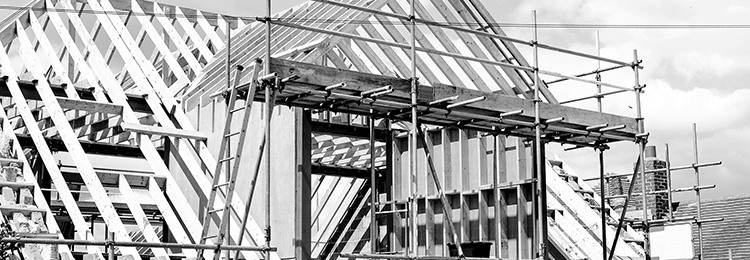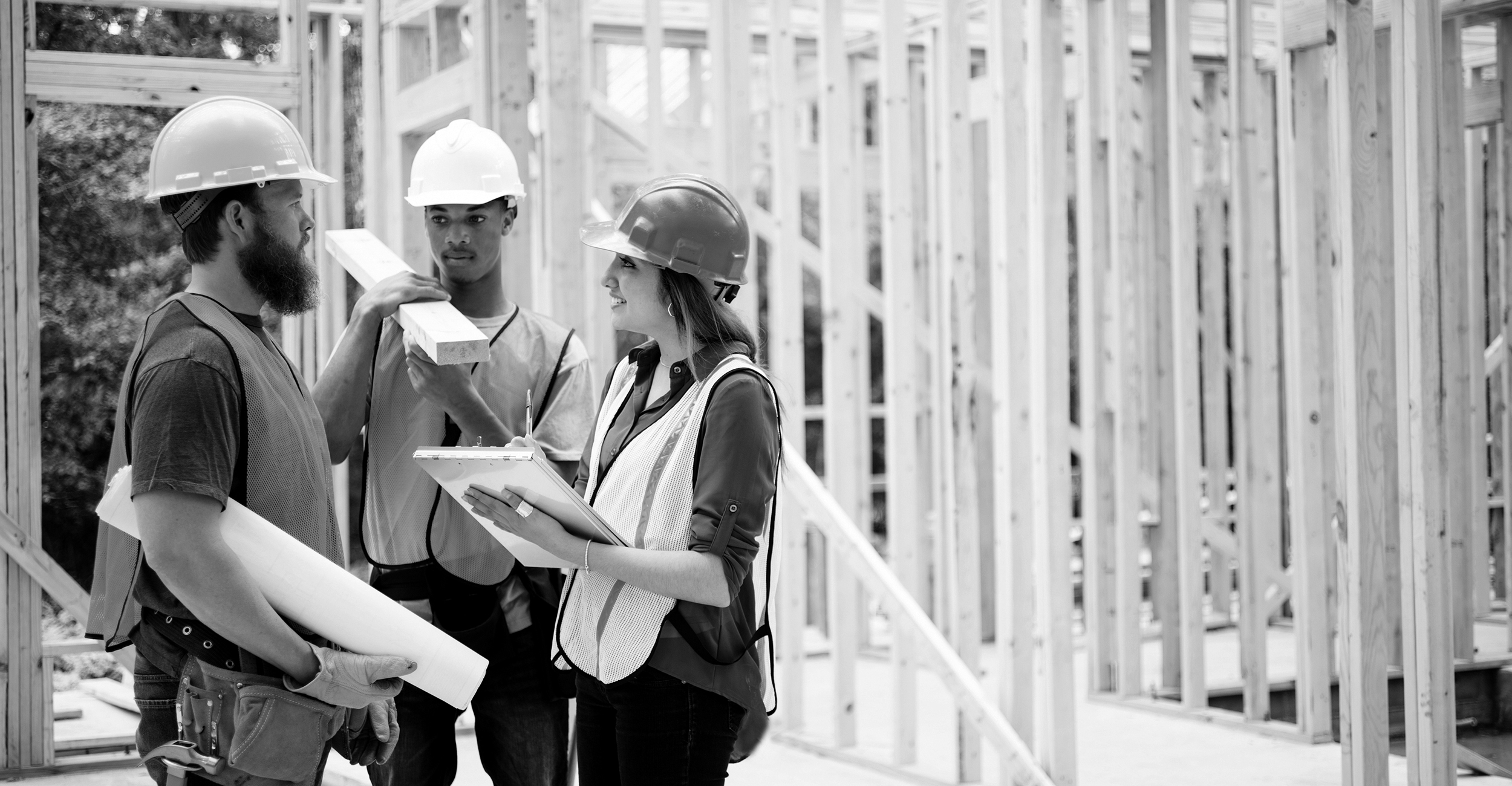The majority of construction projects involve building from the ground up, requiring crews to do their jobs at greater heights as the project progresses. And that’s exactly where scaffolding comes in. A truly invaluable tool to construction businesses, scaffolding gives crews a working platform in otherwise inaccessible places so they can complete critical tasks such as masonry work, siding, dry wall, insulation installation, and more.
Of course, as scaffolding goes up, so do the risks crews are exposed to. Using scaffolding puts workers in increased danger of falls, structure collapse, stuck-by incidents, and more. That’s why, just like if you were constructing a building, it’s imperative to ensure the foundation of your scaffolding follows manufacturer instructions, meets safety standards, and provides a trustworthy work area for your job-site. How can you achieve that? Joseph Blatter, a Senior Risk Management Consultant at Builders Mutual, walks us through a checklist to help you keep your scaffolding as safe as possible.
Critical Considerations for Safe Scaffolding
- Find safe, solid ground – Before you even begin setting up your scaffolding, you’ll need to make sure you have a firm place to put it. Choose the most stable, level ground that’s available in the area where crews will be working. Also make sure to maintain an appropriate distance from any power lines (the exact recommended distance depends on voltage).

- Secure the foundation – You’ll want the foundation to be sturdy enough to withstand weather and the actual work being done. There are a few important things to consider as you secure the foundation and start building, including:
- Mud sills: As you set your foundation, you’ll need to install mud sills. Mud sills help spread the weight of your scaffolding, create a level base, and ultimately protect your scaffolding from sinking in case of heavy use or rain.
- Base plates: Next, you’ll need to nail base plates into your mud sills using at least two fasteners (each). These improve the stability of your scaffolding, preventing it from shifting or becoming unstable while crews are working.
- Make it square and level – Of course, it’s rare that your job site will have perfectly even ground, meaning you’ll likely need to level out the surface yourself. Use leveling jacks, which allow you to independently adjust the height of each leg of your scaffolding, to create a stable foundation atop of an uneven surface. Once the ground is level, you can start building up using metal frames supported by cross braces, which ensure your structure is square, rigid, and laterally steady.
- Create a safe working surface – Once your scaffolding is built high enough to give workers the access they need, you can begin to construct a safe working surface. A safe working surface means:
- A fully planked area with no more than a 1-inch gap between secured planks
- Constructed using scaffold-grade boards
- Has no more than a ¼ inch deviation from completely level
- Is at least 18 inches wide, unless unfeasible (in which case a personal fall arrest system or guardrails are required)
- Totally clear of debris
- Add fall protection – Your working surface also needs to have sufficient fall protection for both workers and equipment. Complete fall protection should include:
- A toeboard: Toeboards are a plank-level protection for your working surface that keeps equipment from falling off your scaffolding and harming workers below.
- Guardrails: Guardrails should be installed around three sides of your working surface (every side except the side where crews are actually doing the work), with top rails being between 38 to 45 inches high.
- Have a maintenance plan – Scaffolding should never be built with a “set it and forget it” mentality. Your job-site needs to have a proactive plan in place for maintaining scaffolding safety standards, such as checking for stability and any other safety concerns every day––or potentially at every shift change.
Depending on what scaffolding you use, you might need to add specific considerations to your checklist. For example, if you were using movable scaffolding, you would also need to use outriggers to secure it to the building. No matter what, be sure to reference the manufacturer instructions and heed any safety warnings they put forth.
If you’re looking for support improving scaffolding safety, we’re here to help. Contact your Risk Management Consultant today to set up an OSHA class, job-site review, or reference our detailed scaffolding safety sheet for more easy-access information.




 Find an
Find an